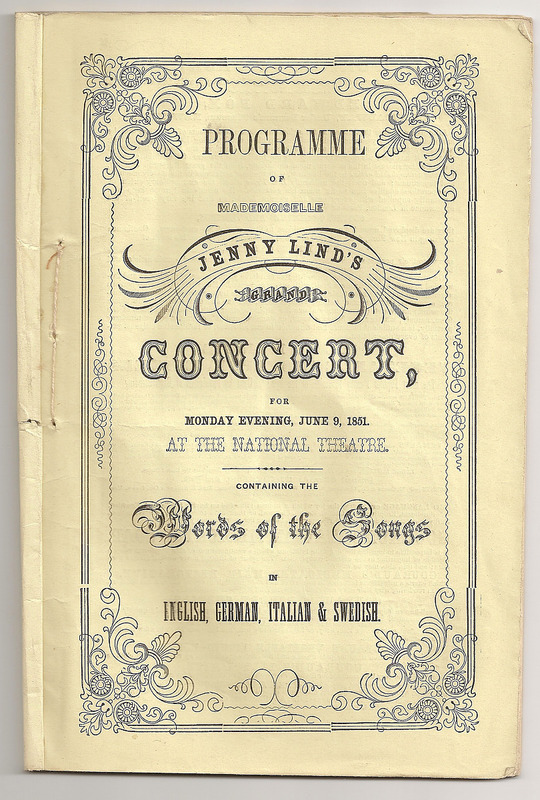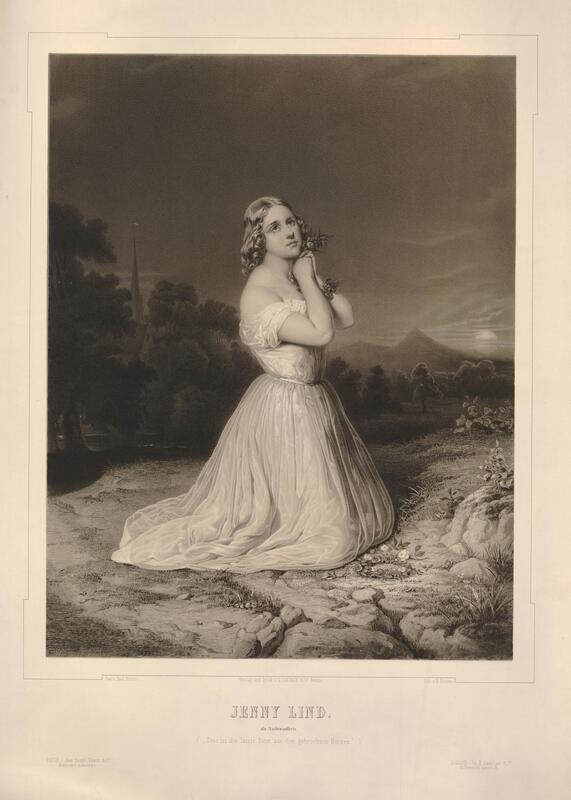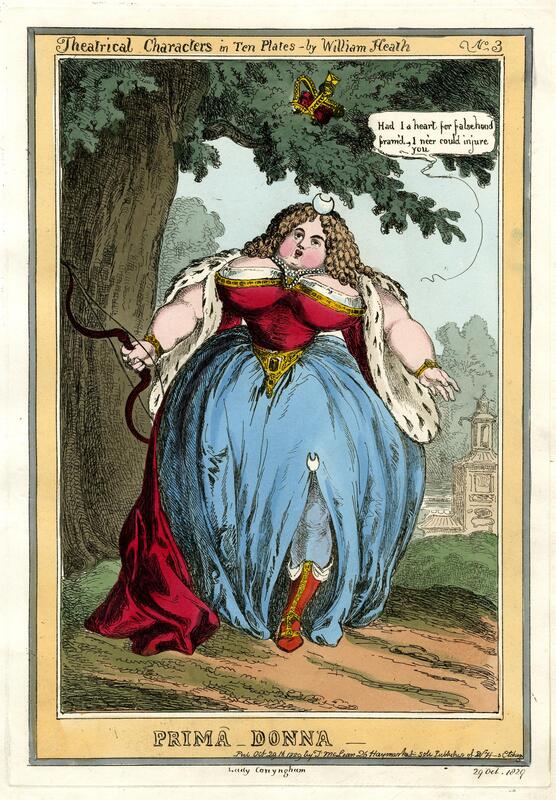Ninteenth Century Prima Donnas: Star Power and Scandal
Opera Stars and Trading Cards
By the nineteenth century, prima donnas had officially entered high-profile celebrity status as their lives on—and off—the stage became increasingly publicized. During a period of growing strict gender norms where women’s roles were encouraged to be domestic, prima donnas and their highly public personas also created anxiety because their public personas threatened these norms.
In turn, these anxieties began to appear in the form negative critique and increased social commentary on the private lives of prima donnas. This increased anxiety and celebrity curiosity is especially clear when observing opera stars like Ángela Peralta and Adelina Patti.
A Spanish-born Italian coloratura soprano, Adelina Patti was one of the most prominent prima donnas of the mid and late nineteenth century. In addition to her world-wide renown as a contemporary vocalist, she also earned some of the highest salaries among opera stars of her time. As Albert L. Parkes (1896) described in an edition of Godey’s Magazine, “few singers of any period…have amassed so much money during their professional careers” (p. 12), earning more than $2,000 a month for her performances, not adjusted for inflation.
She performed in countless roles from defining parts for prima donnas like Norma in Bellini’s opera of the same name to characters like Esmeralda in Fabio Campana’s last opera, also called Esmeralda. The above color lithograph portrait, which were typically used to advertise events and products, features Patti playing the latter role adorned in her red, black, and gold costume.
Patti’s popularity did not stop at her professional feats. Her image, too, was used for endorsements of products like cigars. Featured below, the promotional color lithograph, Allen & Ginter Cigarettes Trading Card, would have been sought after as a collectible. Ángela Peralta, another prominent prima donna from Mexico City known as the “Mexican Nightingale” is portrayed in a photographic albumen print on a carte de visite mount. This photographic technique using albumen prints mounted on cards similarly highlighted celebrity subjects and were also traded or kept as collectibles, speaking to the celebrity power of prima donnas in the nineteenth century.
Lindomania and the Financial Prowess of Prima Donnas
Jenny Lind, although less of a traditional opera singer, still maintained the superstar popularity of prima donnas and earned $110,00 dollars—not adjusted for inflation—for her two-year tour of America that began in 1850, an 1894 volume of Freunds Musical Weekly describes. Salaries of women singers in the opera were of high interest to the public, and these earnings threatened the traditional labor norms of women, which were often expected to be unpaid domestic and private roles.
Still, audiences across Europe and the United States flocked to see Lind, where she performed roles like Amina from Bellini’s La Sonnambula, a role that inspired sculptural works and paintings, drew audiences of thousands at locations like Washington D.C.’s National Theater. Her image was also used for children’s toys like the paper doll set pictured below. In ornate detail, the set includes ten costumes from various roles she performed in that can be placed over her paper figure to dress up, displaying the popularity she possessed and her icon status that manufacturers used to appeal to the public.
Satirizing Opera Stars
As prima donnas became even more famous, satire directed toward them became more pointed. Patti received a number of satirical prints and portraits. Of note is André Gill’s color lithograph “La Diva Adelina Patti” printed in Le Voltaire. Portrayed with a human head and a cat’s body, Adelina sings as coins seemingly pour out of her mouth, reflecting the financial success of Patti.
In the background, however, a cat can be seen eyeing her in terror, and her own body language resembles a cat in distress with its tail pointed downwards. As such, the satire directed at prima donnas displayed discontent with their celebrity status and their challenge to financial traditions.








